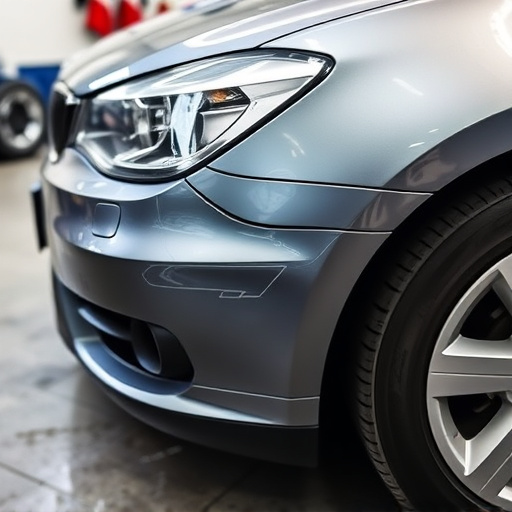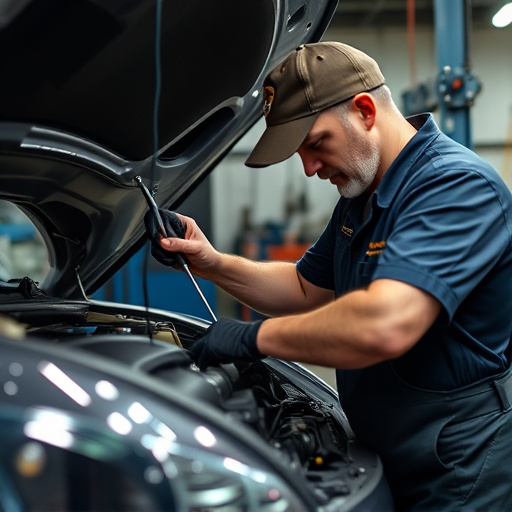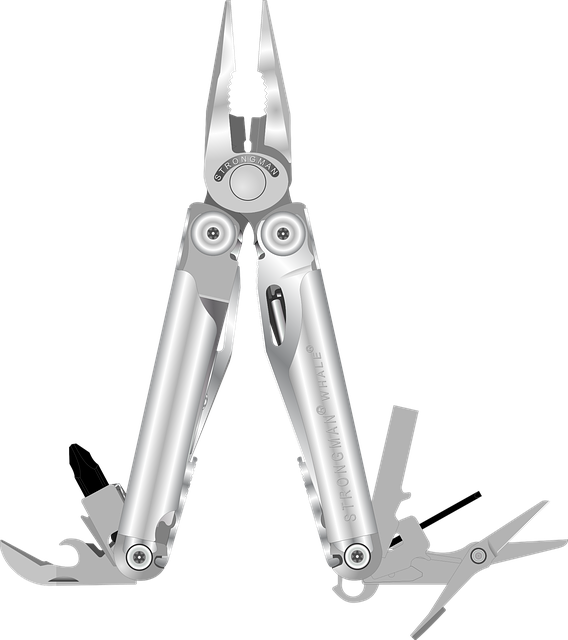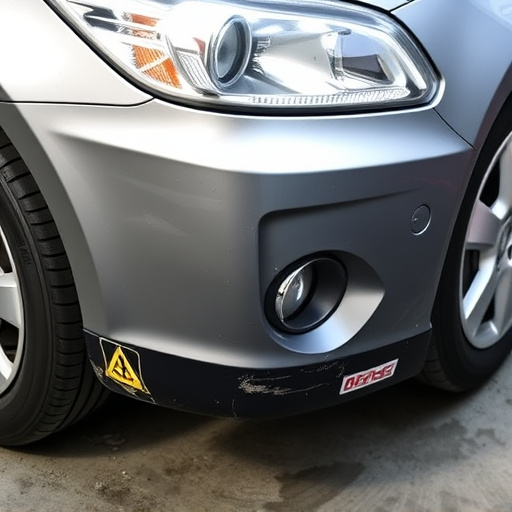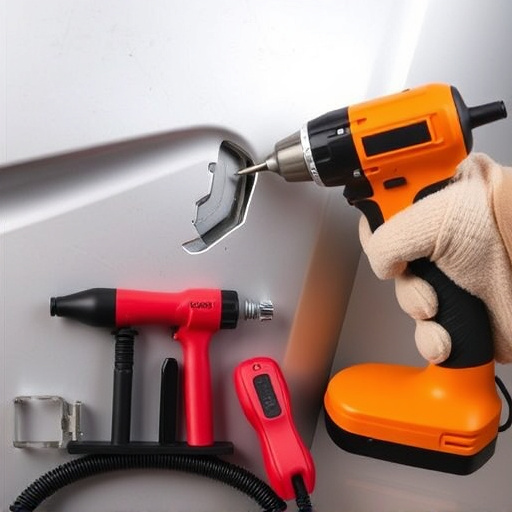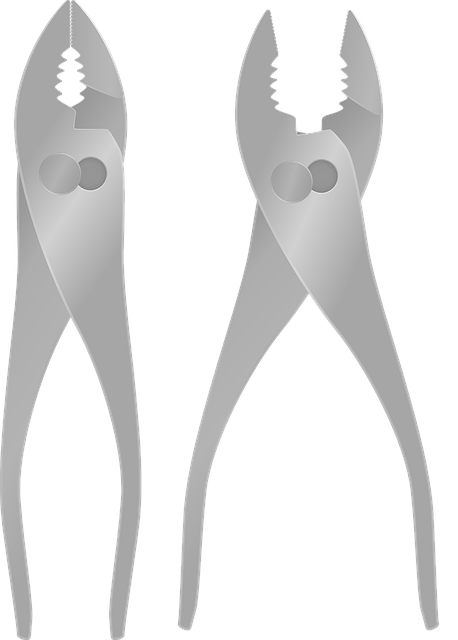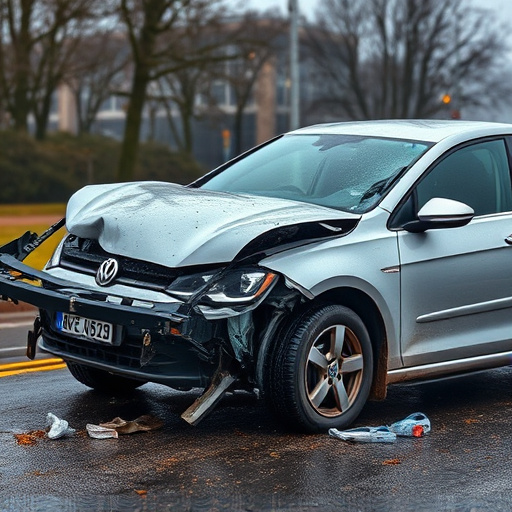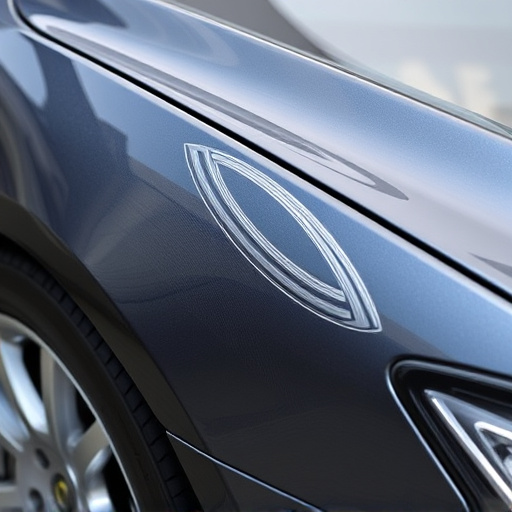Electronic measuring systems revolutionize collision damage assessment with precise 3D imaging, replacing time-consuming manual inspections. These technologies streamline estimates and insurance claims, benefiting automotive body shops, especially in extensive hail damage cases. In luxury vehicle repair, advanced scanners ensure intricate repairs meet original specifications, enhancing quality and efficiency.
In collision damage cases, accurate assessment is key. While traditional manual measurement methods have long been the industry standard, electronic measuring systems are emerging as a game-changer. This article explores the benefits of adopting digital technology for collision repair, focusing on its advantages in speed, precision, and efficiency. We’ll guide you through understanding when to opt for an electronic measuring system, highlighting scenarios where its capabilities surpass manual methods, and ultimately, revolutionizing damage assessment practices.
- Understanding Collision Damage Assessment
- Advantages of Electronic Measuring Technology
- When to Opt for Digital Over Manual Methods
Understanding Collision Damage Assessment
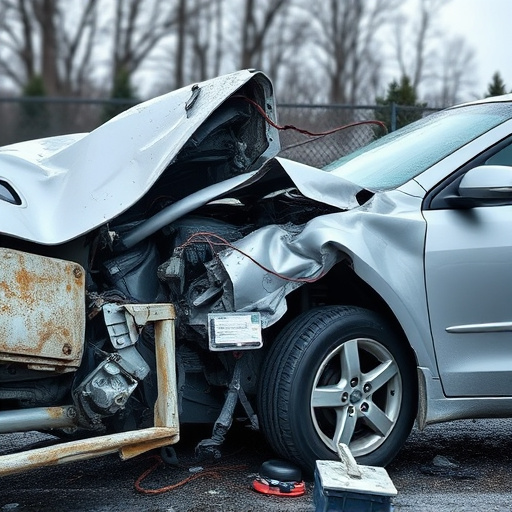
Collision damage assessment is a critical process that determines the extent of repairs required for vehicles involved in accidents. It involves meticulously examining the vehicle’s exterior and interior, identifying impact zones, and documenting any visible damage. Traditional methods often rely on manual inspections and 2D measurements, which can be time-consuming and subjective. Here’s where an electronic measuring system comes into play as a game-changer.
By utilizing advanced technology, an electronic measuring system provides accurate and objective data. These systems use laser scanners or high-resolution cameras to capture detailed 3D images of the damaged vehicle, allowing for precise measurements in all dimensions. This is particularly beneficial for complex geometric areas often affected by collisions, such as panels, fenders, and doors. Moreover, an electronic measuring system streamlines the process for automotive body shop services, enabling efficient estimate generation and insurance claim management, especially in cases of extensive hail damage repair.
Advantages of Electronic Measuring Technology

The introduction of electronic measuring systems has brought about a significant revolution in the field of collision damage assessment and car damage repair. These advanced technologies offer several advantages over traditional manual measurement methods, making them invaluable tools for automotive repair shops and vehicle body shops alike. One of the key benefits is their precision; electronic measuring devices can capture intricate details with remarkable accuracy, ensuring that every dimension and angle is recorded correctly. This level of exactness is crucial when it comes to complex car damage repair, enabling technicians to make informed decisions and provide tailored solutions.
Furthermore, electronic systems streamline the entire process, reducing the time typically required for measurement and analysis. In a bustling vehicle body shop environment, where efficiency is paramount, this technology ensures that repairs can be initiated promptly, minimizing downtime for customers. With its capability to generate digital reports, these systems also facilitate clear communication between mechanics, insurance providers, and clients, ensuring everyone involves has access to the same accurate data, simplifying the entire collision damage assessment process.
When to Opt for Digital Over Manual Methods
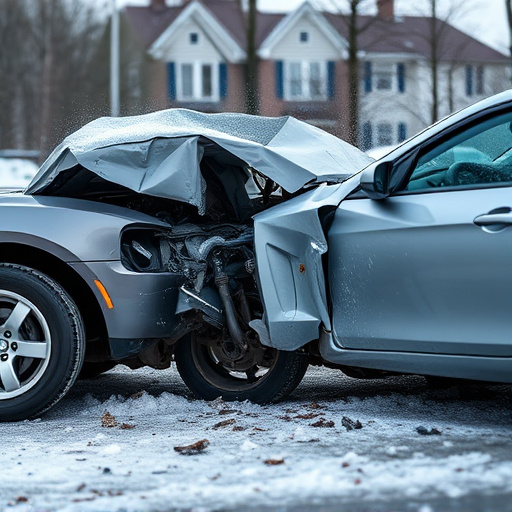
In many collision damage cases, especially within the realm of luxury vehicle repair and body shop services, opting for an electronic measuring system over traditional manual methods can significantly streamline the process and enhance accuracy. Digital tools, such as advanced laser scanners and 3D imaging software, provide a level of precision that manual measurements often struggle to match. This is particularly crucial when dealing with intricate auto collision center repairs, where meticulous detail is required to restore vehicles to their pre-incident condition.
By employing an electronic measuring system, body shop professionals can efficiently capture detailed data of the damage, enabling them to create precise repair estimates and plans. Moreover, these digital solutions allow for easy comparison between before and after repair stages, ensuring that every component has been returned to its original specifications. This advanced approach not only saves time but also minimizes human error, resulting in higher-quality repairs for all types of vehicles.
In conclusion, adopting an electronic measuring system in collision damage cases offers significant advantages over traditional manual methods. Its accuracy, efficiency, and ability to streamline the assessment process make it a valuable tool for professionals. Opting for digital solutions is particularly beneficial when dealing with complex claims or a high volume of cases, ensuring faster, more reliable outcomes. By leveraging this technology, insurance companies and repair shops can navigate collision damage assessments with enhanced precision and agility.

